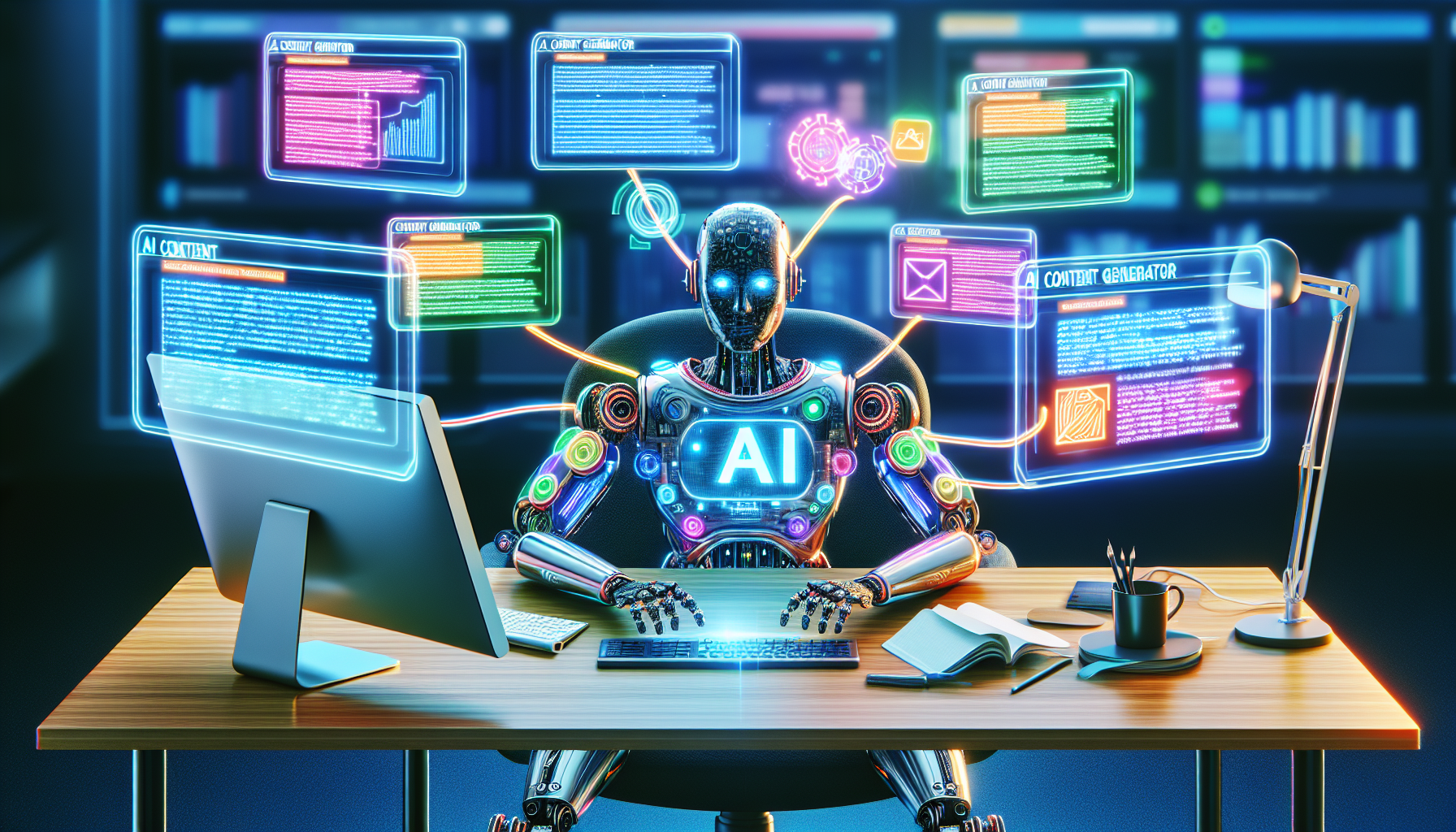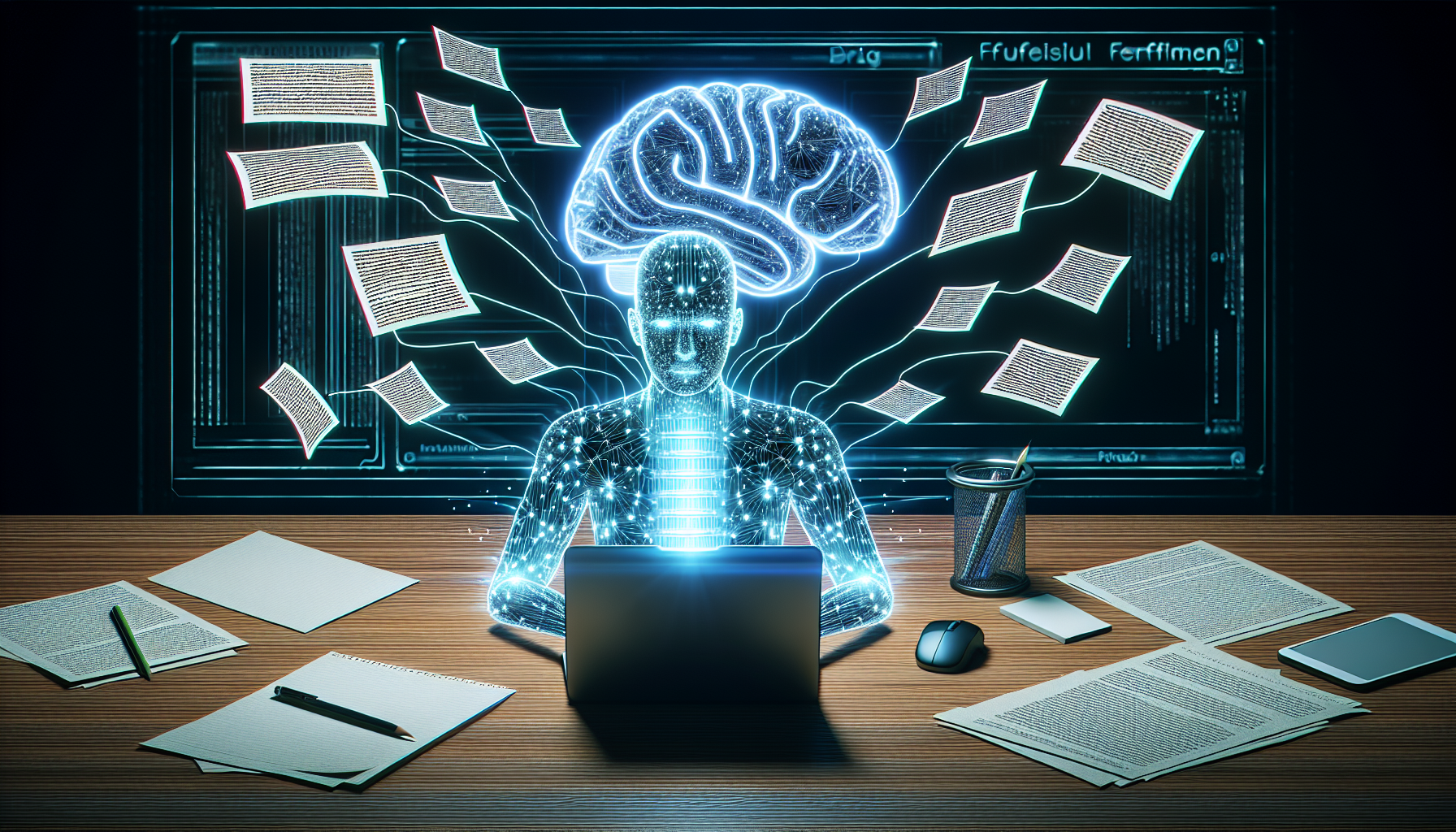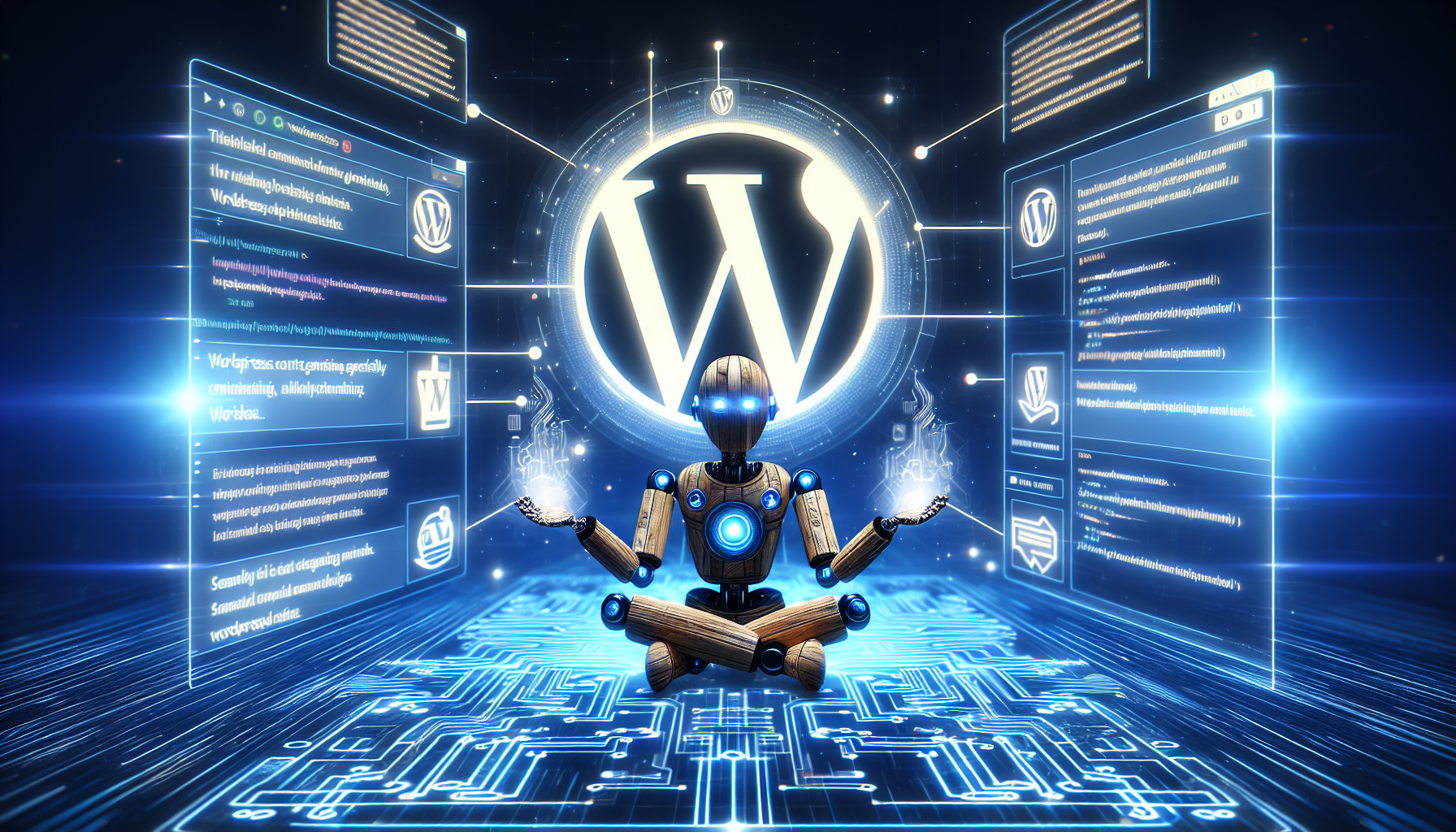As the IBC 2024 conference unfolds, a significant theme is the integration of artificial intelligence (AI) in media. While AI's capabilities in enhancing production quality and streamlining processes are well-known, its most profound impact lies in making its presence almost invisible, blending seamlessly into the fabric of everyday media consumption.
This article will explore various facets of how AI's greatest power in media is to make it seem normal, from content creation to personalized recommendations, and the ethics behind this technological shift.
Seamless Content Creation
Artificial intelligence has revolutionized content creation by automating tasks that were once labor-intensive. Video editing, scriptwriting, and even graphic designing can now be accomplished more efficiently with the help of AI.
In the realm of video editing, AI tools can analyze footage and automatically create edits that meet professional standards. This not only speeds up the editing process but also allows creators to focus on the artistic aspects of their projects.
Scriptwriting algorithms are another area where AI shows its prowess. These tools can generate dialogue and plotlines based on predefined parameters, offering writers a foundation to build upon. As these scripts improve with machine learning, they become increasingly indistinguishable from human-written content.
Personalized Recommendations
One of the most compelling uses of AI in media is its ability to offer personalized content recommendations. Streaming services like Netflix and Spotify use AI algorithms to analyze user behavior and preferences, delivering suggestions that feel tailor-made.
This level of personalization extends to news feeds and social media platforms, where AI curates content that aligns with individual interests. The result is a highly engaging user experience that encourages longer interaction times.
The success of personalized recommendations hinges on AI's ability to process vast amounts of data quickly and accurately. By making these recommendations seem like a natural extension of user preferences, AI achieves a seamless integration into daily life.
Real-Time Analytics
AI's role in real-time analytics is pivotal for media companies looking to optimize their content strategies. Tools powered by artificial intelligence can monitor audience engagement in real time, providing invaluable insights.
These analytics allow media organizations to adjust their content delivery based on viewer reactions instantaneously. For example, if a particular segment of a show is receiving high levels of engagement, producers can pivot their strategies to capitalize on this interest.
Real-time analytics also play a crucial role in advertising. By analyzing viewer data, AI can help businesses place ads that are more likely to resonate with target audiences, thus maximizing return on investment.
Enhanced Viewer Interaction
Interactive experiences are becoming more prevalent, thanks to AI. Technologies like chatbots and virtual assistants enable viewers to engage with media content in ways that were not possible before.
Chatbots, for instance, can provide instant customer support or additional information about a program, enhancing the viewer's experience. Virtual assistants, on the other hand, can facilitate voice commands to navigate through content libraries seamlessly.
These interactive features make AI a silent partner in the viewer's journey, offering convenience and enrichment without overtly showcasing its presence.
Ethical Considerations
While the integration of AI in media offers numerous benefits, it also raises important ethical questions. Issues such as data privacy, algorithmic bias, and the potential for misinformation need to be addressed proactively.
Data privacy is a major concern, as AI systems require access to personal information to function effectively. Ensuring that this data is collected and used responsibly is paramount to maintaining consumer trust.
Algorithmic bias is another critical issue. AI systems can inadvertently perpetuate biases present in their training data, leading to unfair outcomes. Continuous monitoring and updating of these algorithms are essential to mitigate such risks.
The Future of AI in Media
Looking a, the role of AI in media is likely to expand even further. Innovations such as deepfake technology and augmented reality promise to create new forms of content and interaction.
However, this future also calls for a balanced approach where human creativity and machine efficiency coexist harmoniously. Striking this balance will be essential for the sustainable growth of AI in the media sector.
Ultimately, the goal is not to replace human talent but to enhance it. By making AI's presence feel natural, the industry can achieve a seamless integration that benefits both creators and consumers.
In conclusion, the IBC 2024 highlights AI's transformative power in making its presence in media seem normal. From content creation to viewer interaction, AI continues to redefine the landscape in subtle yet profound ways.
As we navigate this evolving terrain, it's crucial to remain mindful of the ethical implications while embracing the opportunities AI offers. By doing so, we can ensure that AI remains a force for good, enriching our media consumption experiences without overshadowing the human touch.





 FR
FR
 ES
ES
